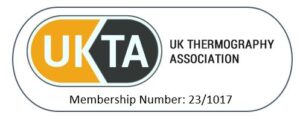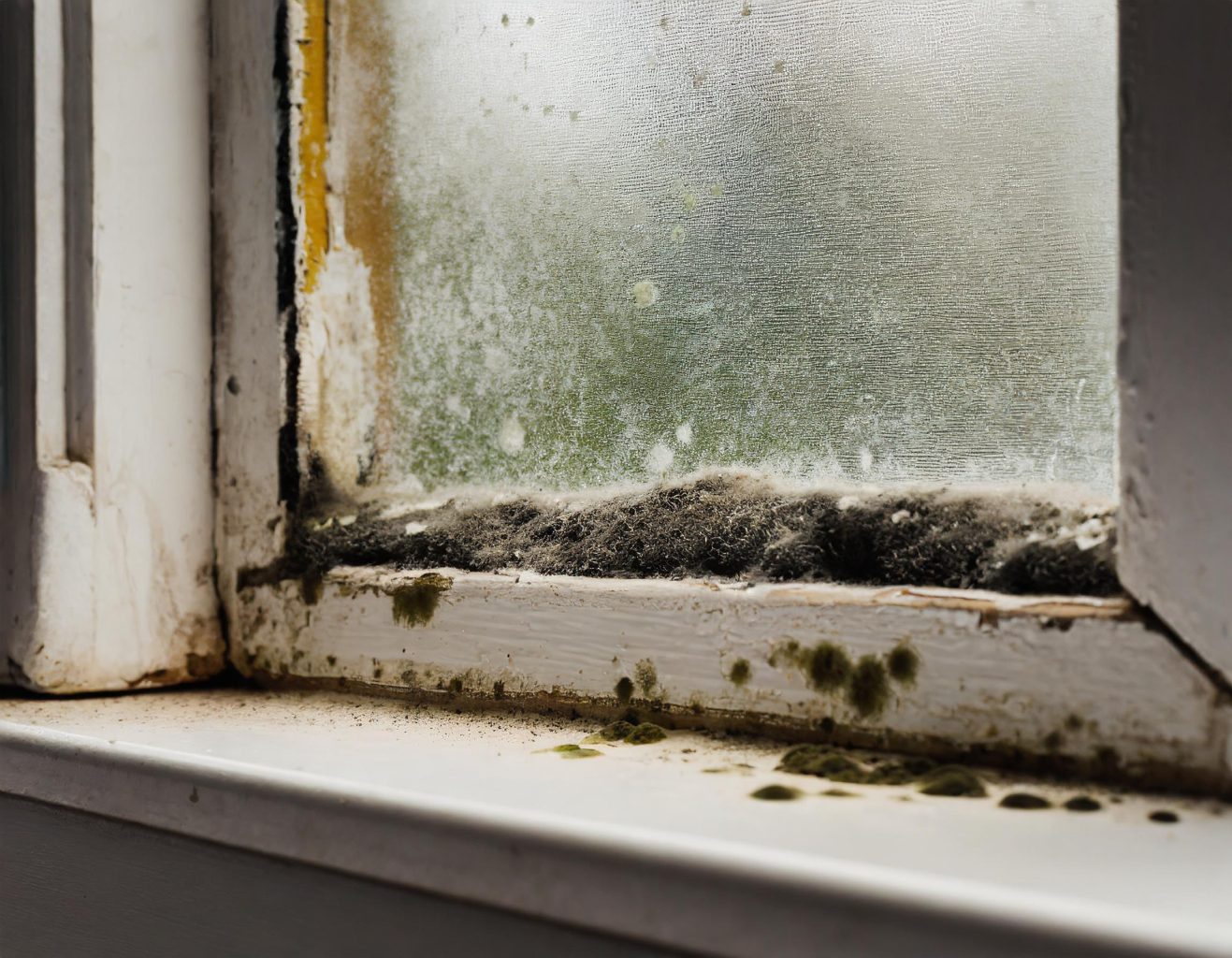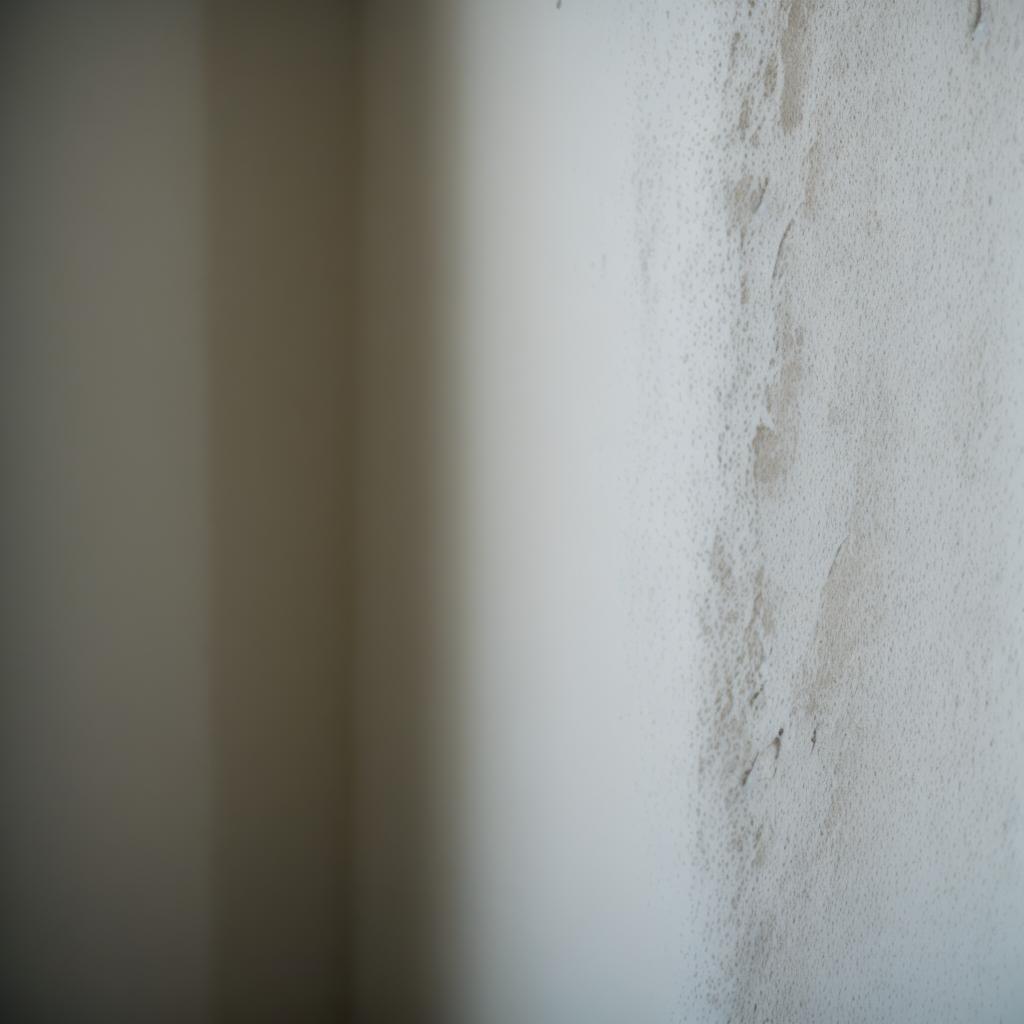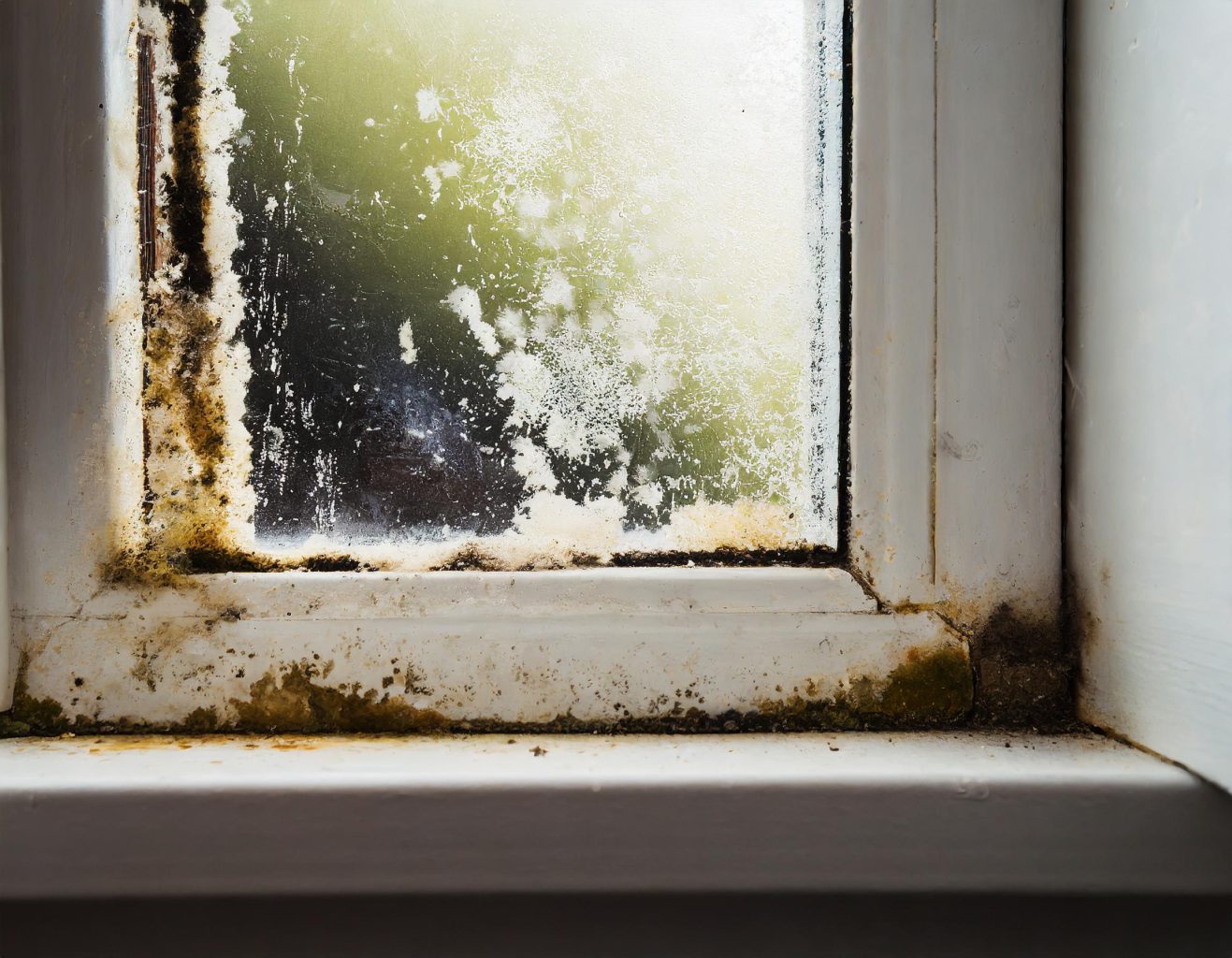
What does the ‘Dew Point’ means and how is it used in building thermography surveys
The ‘Dew Point’ is a fundamental meteorological concept that refers to the temperature at which air becomes saturated with water vapour. When the air temperature drops to the dew point, the moisture in the air condenses into liquid droplets, forming dew on surfaces. This phenomenon is a crucial indicator of the amount of moisture in the air, which directly impacts weather conditions and climate patterns.
The dew point is not a static figure; it fluctuates based on the amount of water vapour in the air. When the dew point and air temperature are close together, the air is humid. Conversely, a large gap between the two indicates dry conditions. Understanding the dew point is essential for various applications, from weather forecasting to building thermography surveys.



Understanding the Concept of the ‘Dew Point’ and the Effect on the Home
The concept of the ‘dew point’ is crucial in understanding the effects it can have on the home. The dew point refers to the temperature at which air becomes saturated and condensation begins to form. In the context of a home, this can lead to issues such as mold growth, dampness, and structural damage.
When the indoor air temperature drops below the dew point, moisture can accumulate on surfaces such as windows, walls, and ceilings. This can not only result in aesthetic problems but also create an unhealthy living environment. It is important for homeowners to monitor and control the dew point by ensuring proper ventilation, maintaining consistent indoor temperatures, and using dehumidifiers if necessary.
The Dew Point, Condensation and the Potential for Mold Growth
The Role of the Dew Point in Weather Forecasting and Climate Studies
In weather forecasting, the dew point is a critical factor. It helps meteorologists predict fog, frost, and precipitation, which are all influenced by the amount of moisture in the air. For instance, a high dew point indicates a high chance of rain, while a low dew point suggests clear skies.
Climate studies also heavily rely on dew point measurements. They provide valuable insights into humidity trends, which are crucial for understanding climate change. For example, a study by the UK Met Office found that the average dew point in the UK has increased over the past few decades, indicating a rise in humidity and potentially contributing to more frequent and severe weather events.
The Application of the Dew Point in Building Thermography Surveys and How it Affects Thermal Comfort
In building thermography surveys, the dew point plays a significant role. These surveys use infrared cameras to detect heat loss, air leakage, and moisture issues in buildings. The dew point is crucial in identifying potential condensation areas, which can lead to mould growth and structural damage.
Moreover, the dew point affects thermal comfort within buildings. When the indoor air temperature is close to the dew point, occupants may feel uncomfortable due to the high humidity. On the other hand, a low indoor dew point can cause dry skin and respiratory issues. Therefore, understanding and controlling the dew point is essential for maintaining a healthy and comfortable indoor environment.
Case Studies: How the Dew Point Analysis Enhances Building Inspections and Energy Efficiency
Several case studies highlight the importance of dew point analysis in building inspections and energy efficiency. For instance, a study by the Building Research Establishment (BRE) in the UK found that dew point analysis helped identify condensation issues in a residential building, leading to significant energy savings.
In another case, a commercial building in London used dew point analysis to optimise its HVAC system. By maintaining the indoor dew point at an optimal level, the building reduced its energy consumption and improved occupant comfort.
The dew point is a vital concept in meteorology and building science. It provides valuable insights into weather patterns, climate change, building performance, and occupant comfort. By understanding and controlling the dew point, we can enhance our weather forecasts, building inspections, and energy efficiency strategies.
Building Surveys using Thermography
Discover how understanding the ‘Dew Point’ can enhance your building’s energy efficiency. Contact us today for a comprehensive building thermography survey. We are experienced and Certified Master Thermographer Level 3. We work boith from the air using specialist thermal drone technology as well as on the ground using traditional building thermal imaging techiques to inspect commericla and domestic properties. Thermography is a non-destructive and non-invasive technology looking at the anomolies, faults and observations covering moisture, water ingress, insulation continuity, heat loss, air leakage, thermal bridging and insect infiltration.
Thermography is a non-invasive technique that uses thermal imaging cameras to detect temperature variations in a home. When it comes to potential mold growth, thermography can be a useful tool in identifying areas that may be at risk.
Mold typically thrives in moist environments, so thermography can help identify areas that have excessive moisture or water intrusion. By detecting temperature differences, thermography can reveal hidden leaks, areas of poor insulation, or condensation issues that could potentially lead to mold growth. This technology allows homeowners and professionals to proactively address these issues and prevent mold growth before it becomes a more significant problem.






